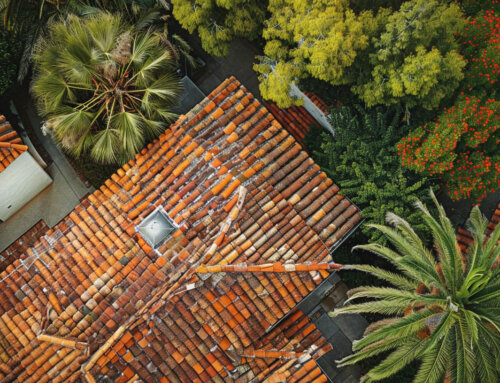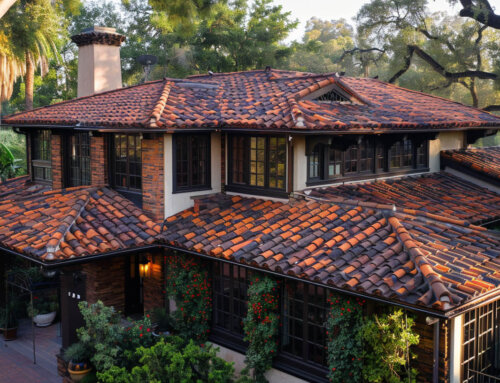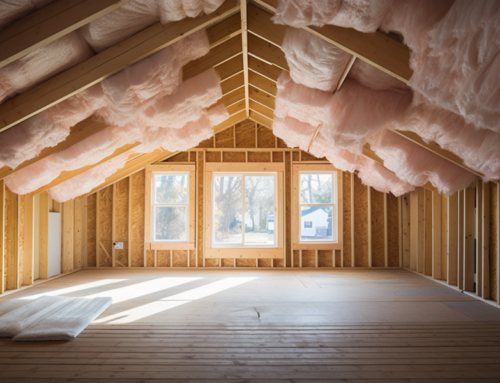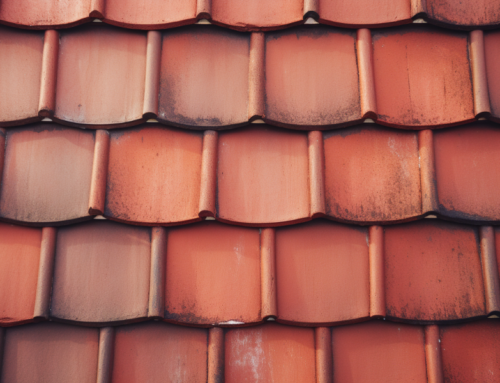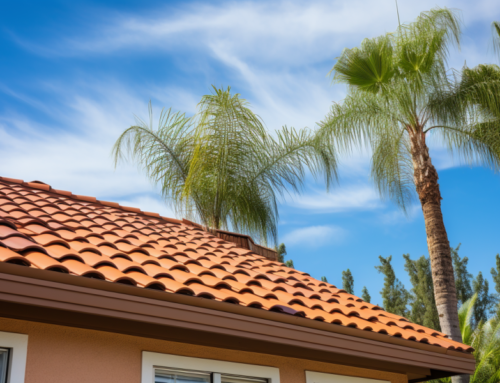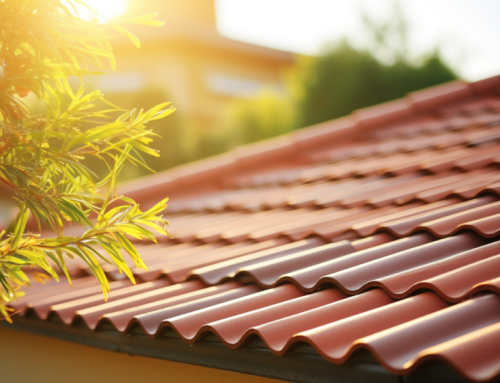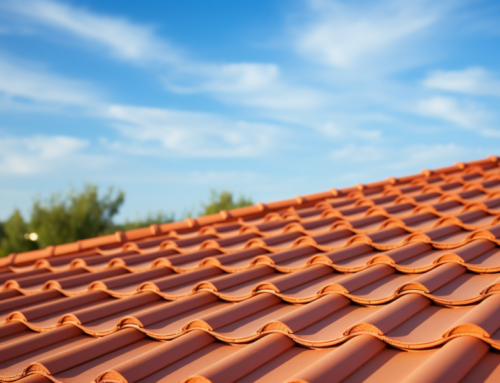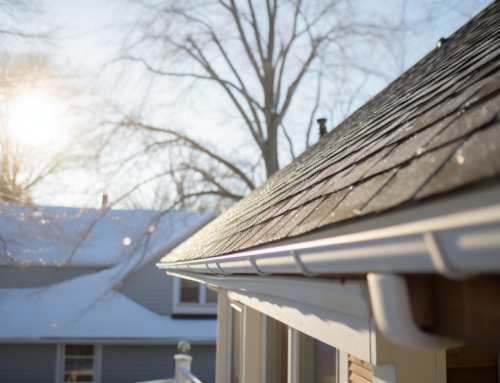Roof insulation plays a pivotal role in ensuring the energy efficiency of a home. It’s not just about keeping your home warm during the winter or cool during the summer; it’s about optimizing energy consumption, enhancing comfort, and ensuring the longevity of your roofing system.
The HVAC System and Energy Consumption
The HVAC system, responsible for heating and cooling, accounts for a significant portion of a home’s energy consumption. In fact, during peak summer months, it can be responsible for up to 70% of your energy bill. While many homeowners focus on replacing old windows and doors to improve energy efficiency, the real culprit might be the lack of proper roof insulation.
The Role of Roof Insulation
Proper roof insulation ensures that conditioned air remains inside the home, preventing the intrusion of outside air. Historically, fiberglass batts were the go-to insulation material due to their cost-effectiveness and ease of installation. However, modern insulation materials offer superior performance and longevity, making them a worthy investment in the long run.
Professional Roof Inspection: A Must
Before making any decisions regarding insulation, it’s crucial to have your roof inspected by professionals like San Diego County Roofing & Solar. These experts can assess the current state of your roof and attic, determining if the existing insulation needs replacement or if additional insulation is required. They can also identify any underlying issues, such as leaks, that might compromise the insulation’s effectiveness.
Delving into Roof Insulation Foam
One of the most sought-after insulation materials today is roof insulation foam. This material boasts a high R-value, making it incredibly effective in smaller spaces. There are two primary types of foam insulation:
- Spray Foam Insulation: This liquid form insulation expands upon application, sealing even the smallest gaps in the attic. However, its installation requires expertise due to potential toxic fume release.
- Rigid Foam Insulation: Crafted into boards, this type of insulation is durable and can be placed directly under or between attic rafters. It’s a cost-effective alternative to spray foam but may not be as efficient in sealing air gaps.
Loose-Fill Insulation: An Eco-Friendly Choice
Blown-in cellulose insulation, primarily made from recycled paper and wood products, is an eco-friendly insulation choice. Its design allows it to settle in place over time, effectively preventing air movement. Moreover, it’s treated to resist insect infestations and has a decent R-value, making it a popular choice among homeowners.
Radiant Barriers: A Heat Shield
Radiant barriers, made of reflective materials, are designed to block heat transfer from outside the home. Especially beneficial in warmer climates like San Diego, these barriers can significantly reduce cooling costs.
Deciphering the R-Value
The R-value of insulation indicates its ability to resist heat flow. A higher R-value signifies better thermal insulation. It’s essential to choose insulation that meets the recommended R-value for your region. For instance, San Diego falls in Zone 3, necessitating an insulation R-value of 38 to 60.
Ventilation: A Key Component
While insulation is crucial, so is proper attic ventilation. Ventilation helps regulate temperature and prevents moisture buildup, which can damage both the roof decking and insulation materials. San Diego County Roofing & Solar experts can guide homeowners on the best ventilation strategy for their homes.
The Bottom Line
Investing in quality roof insulation can lead to significant energy savings, making homes more comfortable year-round. By partnering with a trusted roofing company, homeowners can ensure they make informed decisions that offer long-term benefits. Remember, the right insulation, coupled with regular roof maintenance, can extend the lifespan of your roofing materials and ensure optimal energy efficiency.



